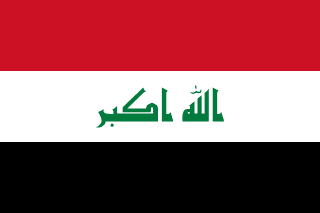Iraq - Environment

As far as the environment of Iraq is concerned, there have been . As for nvironment - international agreements, we have; .
About the environment of Iraq
| Climate | We have mostly desert; mild to cool winters with dry, hot, cloudless summers; northern mountainous regions along Iranian and Turkish borders experience cold winters with occasionally heavy snows that melt in early spring, sometimes causing extensive flooding in central and southern Iraq |
|---|---|
| Revenue from forest resources | |
| Revenue from coal | |
| Waste and recycling | Municipal solid waste generated annually: 13.14 million tons (2024 est.) |
| Total renewable water resources | 89.86 billion cubic meters (2022 est.) |
| Major rivers (by length in km) | |
| Total water withdrawal | |
| Municipal | 6.735 billion cubic meters (2022 est.) |
| Industrial | 4.52 billion cubic meters (2022 est.) |
| Agricultural | 31.169 billion cubic meters (2022 est.) |
| Land Use | |
| Agricultural land | 21.8% (2022 est.) |
| Agricultural land: arable land | arable land: 11.4% (2022 est.) |
| Agricultural land: permanent crops | permanent crops: 1.1% (2022 est.) |
| Agricultural land: permanent pasture | permanent pasture: 9.2% (2022 est.) |
| Forest | 1.9% (2022 est.) |
| Other | 76.3% (2022 est.) |
| Urbanization | |
| Urban population | 71.6% of total population (2023) |
| Rate of urbanization | 2.91% annual rate of change (2020-25 est.) |
| Major urban areas (Pop) | 7.711 million BAGHDAD (capital), 1.792 million Mosul, 1.448 million Basra, 1.075 million Kirkuk, 958,000 Najaf, 897,000 Erbil (2023). |
All Important Facts about Iraq
Want to know more about Iraq? Check all different factbooks for Iraq below.









